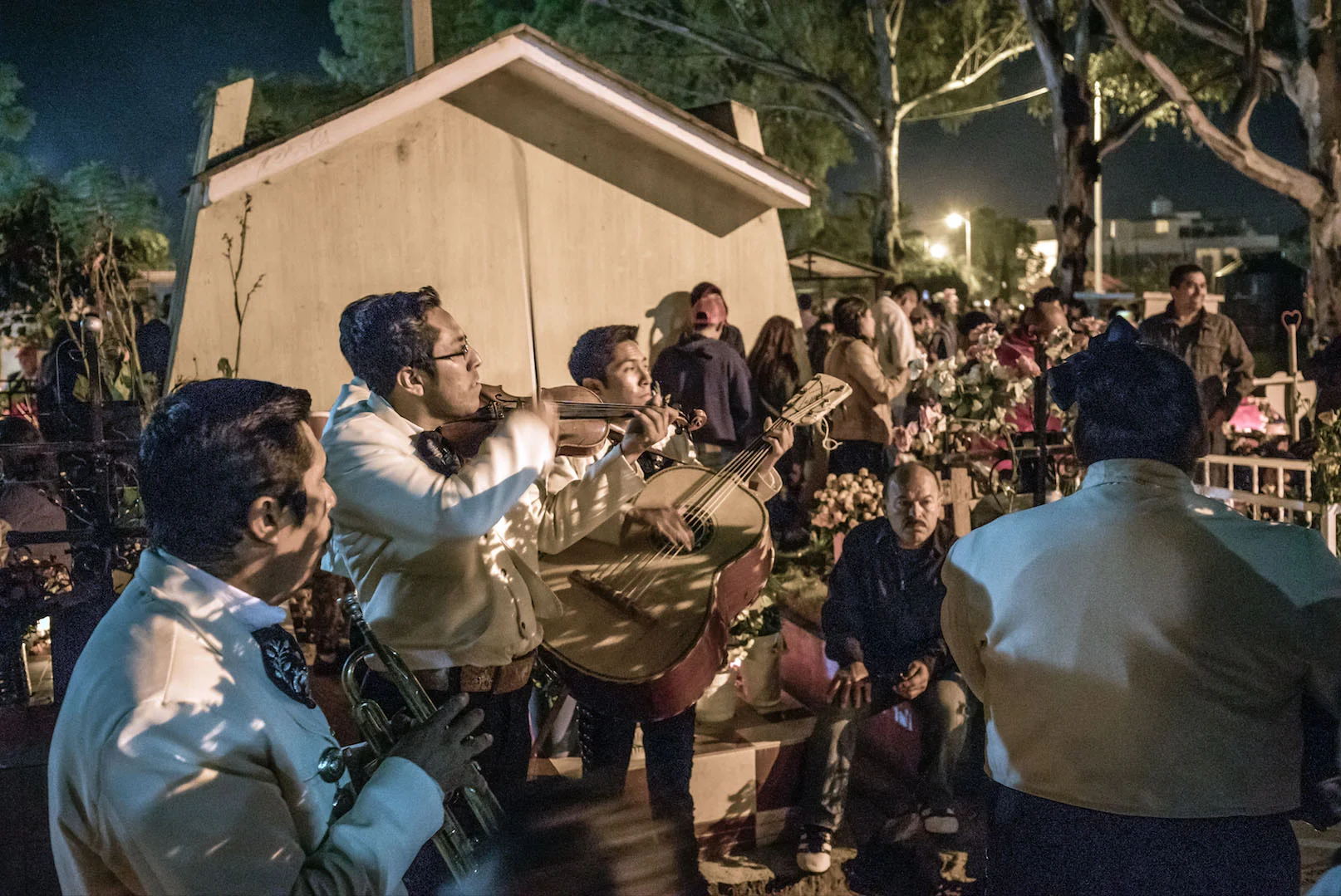Son mexicano is a category of Mexican folk music and dance that encompasses various regional genres, all of which are called son. The term son literally means "sound" in Spanish. Mexican son likely originated in Veracruz with major son traditions in this state along with the La Huasteca region, the Pacific coast of Guerrero and Oaxaca, Michoacán and Jalisco (where it morphed into mariachi).
As a base, son music in Mexico has the Baroque music of Spain, along with African and indigenous elements.
Chilena music and dance is native to the coastal areas in the states of Guerrero and Oaxaca, which has a large Afro-Mexican community. Local legend has it that the “chilena” music and dance came from people from Chile who came to the shore of Guerrero after their ships were attacked by pirates.*
Oaxaca has a musical tradition/style known as Son Istmeño, which is a continuation of the son folk tradition found throughout Mexico (as well as Cuba and Puerto Rico). It has very strong indigenous roots, and the songs are sung in both the Zapotec language as well as Spanish; the rhythms are often indigenous as well, while the basic melodic/harmonic structure is Spanish. The song "La Llorona" is an example of a son istmeño. Marimba ensembles are also found here.
Wikipedia
Entrance to the Panteón Viejo (Old Cemetery), Santa Cruz Xoxocotlán, Mexico
Oaxaca also has many traditional Brass Bands, sometimes called Tambora Oaxaqueña, the music is very similar to the Balkan Music, and it is believed that they are both from the same roots. Bakanic composer, Goran Bregovic, made concerts in Mexico, with bands from Oaxaca.**
There are two cememteries, here, the Panteon Viejo (old cemetery) and the Panteon Nuevo (new cemetery).
In the two sections of this pantheon there are more than 3 thousand tombs that are visited annually by relatives, acquaintances and national and international tourists who are interested in capturing the moment and living the tradition of the Day of the Dead.*
*Source: https://www.nvinoticias.com/nota/73887/apuntalan-panteon-viejo-de-xoxocotlan-oaxaca
**Wikipedia
Panteon Nuevo
Panteon Nuevo
Bandstand near the Zócalo in Oaxaca City






